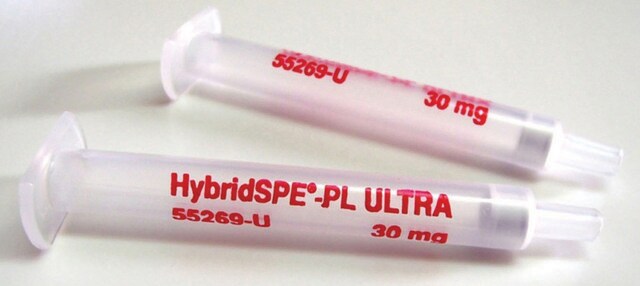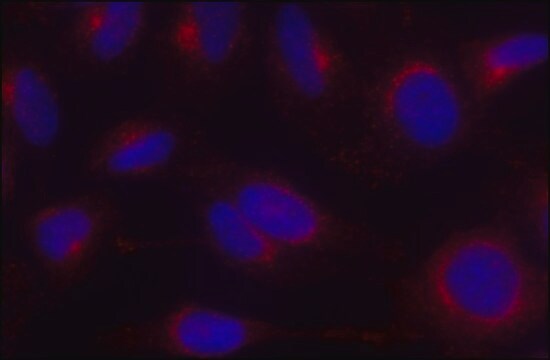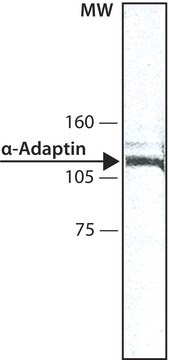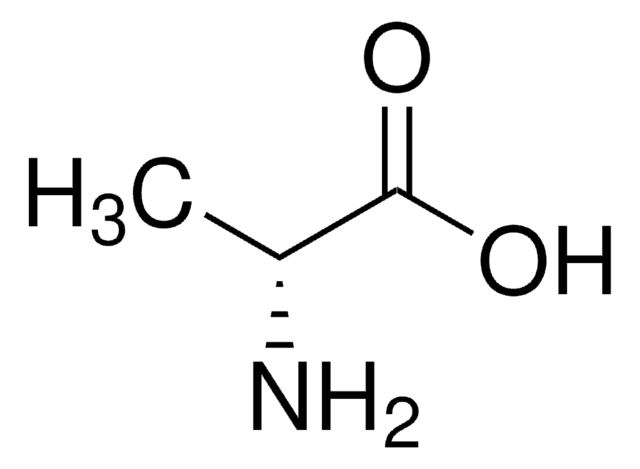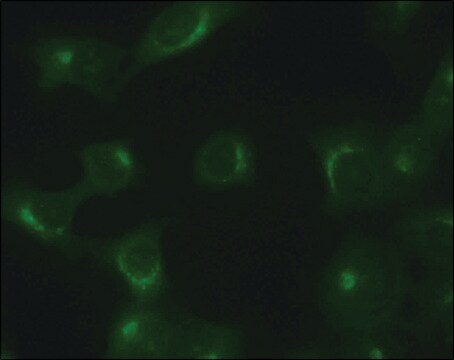A4200
Monoclonal Anti-γ-Adaptin antibody produced in mouse
clone 100/3, ascites fluid
Sinónimos:
Anti-AP-1
About This Item
Productos recomendados
biological source
mouse
conjugate
unconjugated
antibody form
ascites fluid
antibody product type
primary antibodies
clone
100/3, monoclonal
mol wt
antigen 104 kDa
contains
15 mM sodium azide
species reactivity
bovine, human, monkey
should not react with
mouse, rat
technique(s)
electron microscopy: suitable
immunoprecipitation (IP): suitable
western blot: 1:100 using bovine brain extract
isotype
IgG2b
UniProt accession no.
shipped in
dry ice
storage temp.
−20°C
target post-translational modification
unmodified
Gene Information
human ... AP1G1(164)
mouse ... Ap1g1(11765)
rat ... Ap1g1(171494)
Categorías relacionadas
General description
Specificity
Immunogen
Application
Immuno-electron microscopy (1 paper)
Immunofluorescence (1 paper)
Physical form
Disclaimer
¿No encuentra el producto adecuado?
Pruebe nuestro Herramienta de selección de productos.
Storage Class
13 - Non Combustible Solids
wgk_germany
WGK 1
flash_point_f
Not applicable
flash_point_c
Not applicable
Elija entre una de las versiones más recientes:
¿Ya tiene este producto?
Encuentre la documentación para los productos que ha comprado recientemente en la Biblioteca de documentos.
Nuestro equipo de científicos tiene experiencia en todas las áreas de investigación: Ciencias de la vida, Ciencia de los materiales, Síntesis química, Cromatografía, Analítica y muchas otras.
Póngase en contacto con el Servicio técnico